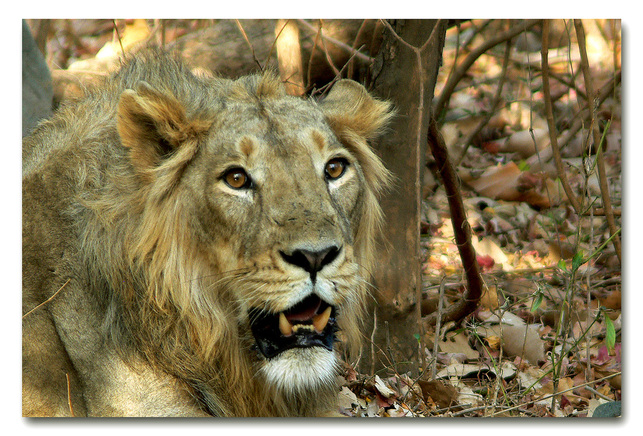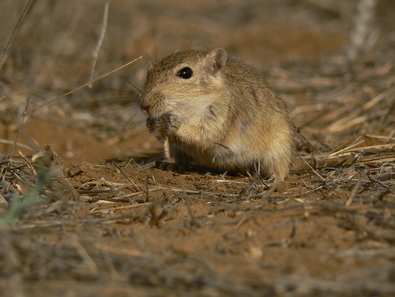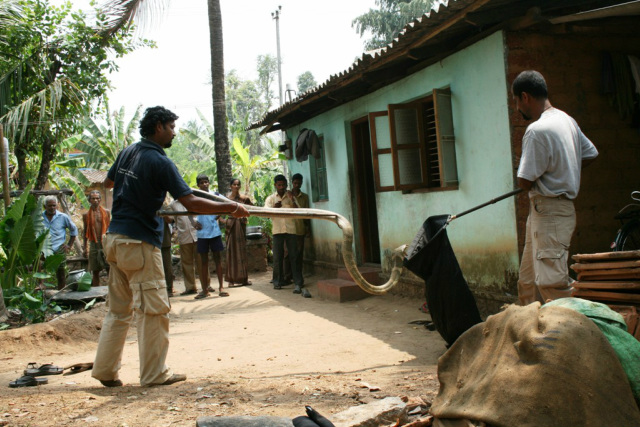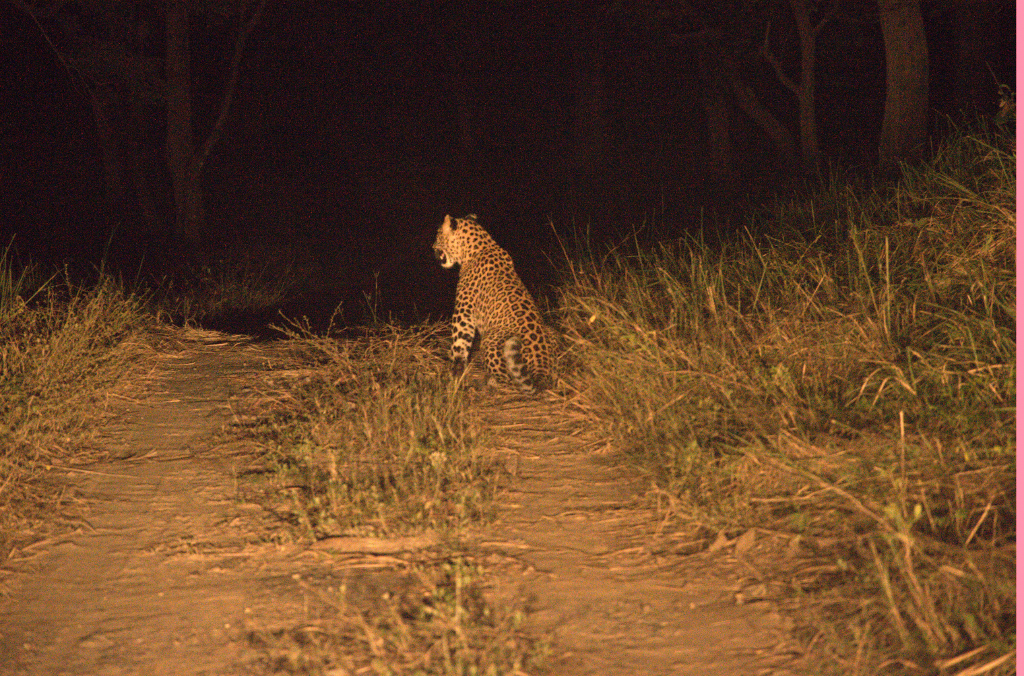
Large carnivores have always been a source of fascination for people and our relationships with them vary from awe and inspiration to fear and loathing. More than any other animals, carnivores have forced us to move from ecosystem theory to ecosystem management and conservation with a focal shift from species to systems and from science vs. management to science and management. Large carnivores often provide the ultimate test of society’s willingness to conserve wildlife and thus have traditionally served as a charismatic conservation flagship worldwide. Nevertheless, recent assessments of the conservation status of carnivores present an alarming picture of ongoing declines and range contractions. Although carnivore conservation across the globe -- and particularly in an agrarian country like India -- is fraught with human dominations of potential habitats, poaching and fragmentation, the Gir lions in the westernmost state of Gujarat, India, have an altogether different story to narrate.



 RSS Feed
RSS Feed